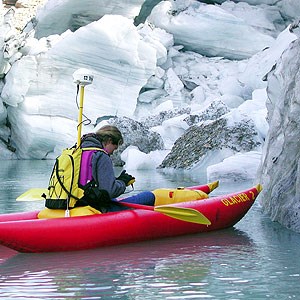
USGS/Lisa McKeon
The National Park Service relies upon authoritative sources of climate science, including the Intergovernmental Panel on Climate Change and the U.S. Global Change Research Program. These organizations provide robust projections which can be downscaled to better understand continental, regional, or local patterns and impacts. Downscaled data is then coupled with tools, expertise, and additional data from governmental and nongovernmental partners to help inform the management of the National Park System.
Learn more
The Department of Interior and NPS scientists recently developed technical guidance and best practices for using climate change science to inform analysis, consultation, and decision-making. Also, find examples of how climate science is applied to park planning efforts on the scenario planning showcase page or view a 2021 journal article for more technical information.More climate science stories from around the National Park Service
Last updated: January 13, 2025
